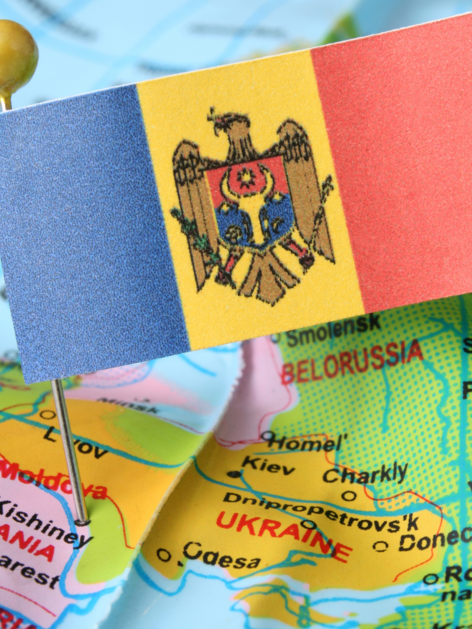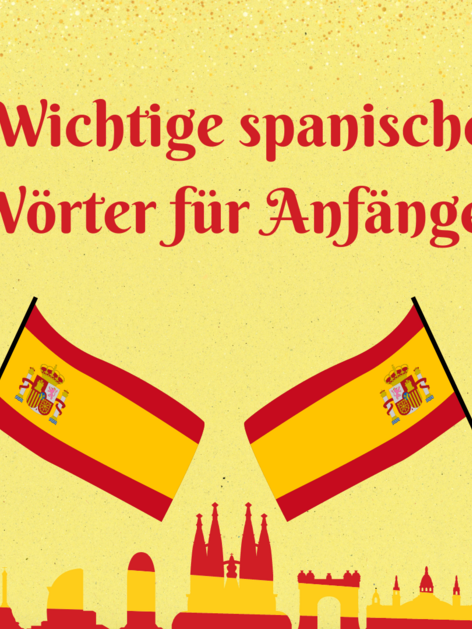What language is spoken in Mexico? Spoken and official Mexican language

What language is spoken in Mexico?
The official language of Mexico is Spanish, but only de facto. This means that the Mexican Constitution does not recognise an official national language, even though the one most used by the population and the government is Spanish. However, with the 2003 Law on the Linguistic Rights of Indigenous Peoples, dozens of indigenous languages were recognised as national languages on a par with Spanish. Below are the main languages spoken in Mexico:
Spanish
Spanish is the Mexican language most spoken by the population, at 98%. It is the language used in the media and in daily life in the country, as well as in politics and diplomatic relations.
Nahuatl
Nahuatl, currently spoken by 1.2% of the Mexican population, is an indigenous language found in the central regions of the country, particularly in the states of Guerrero, Puebla, Veracruz, and Hidalgo. It is one of the most important languages, being the ancient language of the Aztecs.
Zapotec
Zapotec is spoken mainly in the Oaxaca region in the south of the country. Some estimates put the percentage of speakers at 2.5% of the population.
Yucateco
In the Yucatan Peninsula, where Quintana Roo, Yucatan, and Campeche are located, the Yucateco language is also spoken. The total percentage is about 1.5%.In the Yucatan Peninsula, where Quintana Roo, Yucatan, and Campeche are located, the Yucateco language is also spoken. The total percentage is about 1.5%.
Totonaco
The Totonaco language is used in the Veracruz area, by about 0.3% of the population of Mexico.
Mixteco
Mixteco, the country's third indigenous language according to recent studies, accounts for about 4.5% of the indigenous population in Mexico. It is used in parts of Oaxaca and the states of Puebla and Guerrero.
Tarahumara
This language, Tarahumara, has a long tradition associated with the Tarahumara people and is spoken today in the Barrancas del Cobre region, located in the northern state of Chihuahua.
Other Languages
In Mexico, as you may have guessed by now, there are dozens of indigenous languages still spoken by some minorities. In addition to those already mentioned, there are also Otomi, Mazahua, Purepecha, Huichol, Tzotzil, Tzeltal, Chatino, Chontal, Huave, Seri, Mayo, and many others. Most of these are used by small indigenous communities scattered around the country.
Brief History of Mexico
As with any country, it is good to know a few key passages in its history to better understand its culture and language. For example, Mexico was once inhabited by various civilisations, such as the Olmecs on the Gulf coast, the Teotihuacans in the central part of the country, the Toltecs, and the better known Mayas and Aztecs. These indigenous populations, which followed one another from several centuries B.C. until the arrival of the Spanish conquistadors, had developed their own political system, religions, art, and the study of science and technology. This period, called pre-Columbian, ended when Europeans arrived in the country.
In the first half of the 1500s, Mexico was conquered by the Spaniard Hernán Cortés, who founded New Spain. The country thus remained a Spanish colony for three centuries, until it achieved independence in 1821. In 1917, following the Mexican Revolution, the Constitution was born and Mexico began an important path of economic growth.
Spanish language trip
Improve your Spanish and have a wonderful holiday!
Characteristics of Spanish in Mexico
The main language spoken in Mexico is Spanish, but it differs from the Spanish spoken in other countries in both lexical and grammatical terms. To begin with, the pronunciation of Mexican Spanish is clearer and slower than the Spanish of Spain. Then, some verbs are conjugated differently, and furthermore, in Spain 'vosotros' is used to indicate the second person plural (i.e. 'you'), whereas in Mexico 'ustedes' is preferred.
In Mexican Spanish, the letter 'j' is pronounced as an aspirated h, 'll' is pronounced as 'y', while the 's' at the end of words is silent. In addition, diminutives are often used in Mexico to sweeten words, such as 'perrito' (from 'perro', meaning 'dog') to mean 'little dog'. Another noteworthy feature is the use of the prepositions 'para' and 'por', which in Mexican Spanish are used for purpose or destination and motivation or cause, respectively.
Learning Spanish and moving
Spanish is at the top of the list of the most spoken languages in the world. In fact, it is the fourth most spoken language in terms of number of speakers, 512 million according to a 2022 study. Spanish is spoken in Spain and various countries in America (including, as we have seen above, Mexico), but also in parts of Africa. Would you also like to join the many Spanish students and start learning this language? You've landed on the site that's right for you.
This portal is dedicated to all those who wish to study a new language, either through online lessons (individual or group) or through courses in foreign schools. We at Sprachcaffe have created a digital catalogue with all available language courses to facilitate your search. In any case, please contact us using the form on the website or on 0686356746 if you have any questions or if you would like advice on booking your language study holiday.
Learning Spanish with us is super fun! We organise Spanish courses in Spain for juniors and adults of all ages, with basic or advanced level classes in schools in Barcelona, Madrid, and other major cities around the world for a full immersion in a new culture. You can also decide to spend a year studying abroad with our Gap Year programme! Take a look at the various options and proposals and set off on this adventure together with Sprachcaffe.




